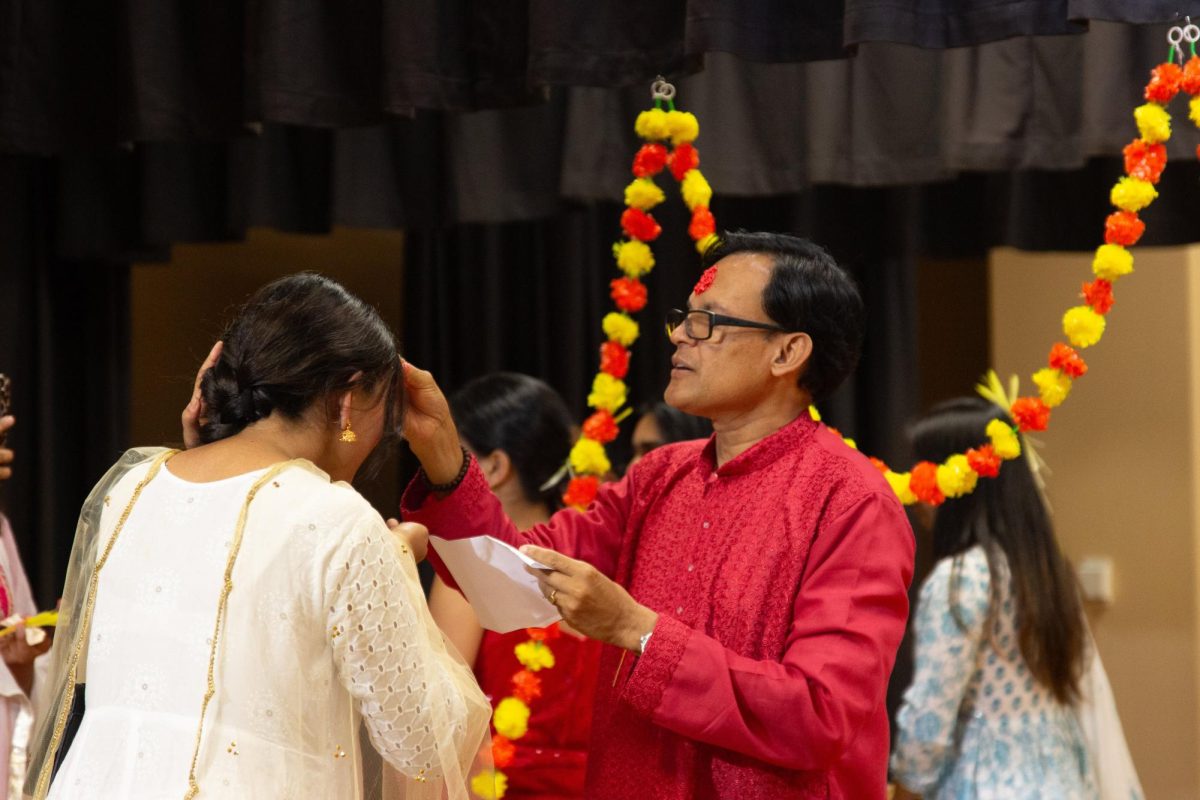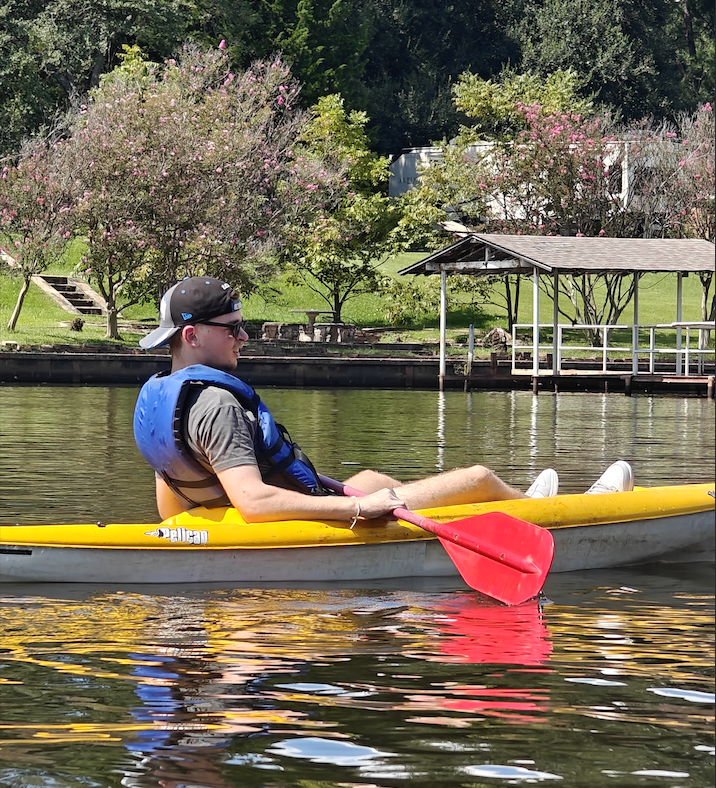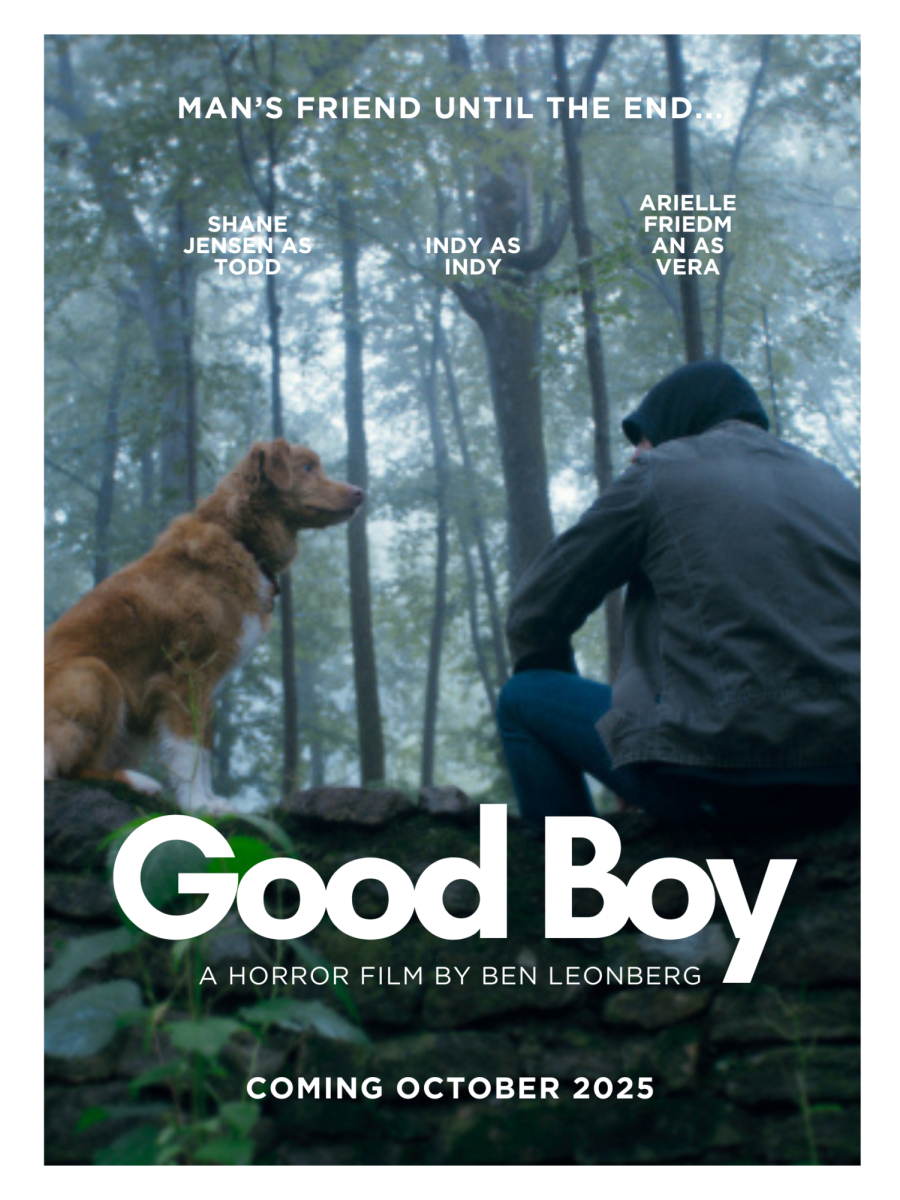There is no better place to look for great fashion ideas than in the past.
Each era of the last century has greatly contributed to the style America knows today.
The 1920s were a time of prohibition, jazz and economic stability. A fight for gender equality was successfully underway as women finally received the right to vote. The fashion of the time reflected this indulgent period during what was called the “Flapper Age.” Women wore clothing that emphasized a boyish figure with no emphasis on the curvy aspects of the female body. Cosmetics began to appear in ladies’ fashion as well as jewelry. Because of the prosperity seen in this decade, extravagance was common.
The Great Depression influenced a more conservative look during the next decade. The 1930s brought more wearable fashion and people began to look to the glitz and glamour of Hollywood movies as a guide for style-which for the normal population was a ready-to-wear version of what they saw on the big screen since funds were extremely low for most.
During the 1940s, World War II dictated most of the world. American fashion designers gained the spot light for the first time because of the war in Europe. This is also the era where women fell in love with the work force. The clothing reflected this notion with clothing that was “all-day-wear” and the notion of changing clothes multiple times in the day was done away with.
The 1950s brought back a more feminine, “June Cleaver,” look. Teenagers were acknowledged for the first time as an actual development stage and this is when America started to provide teens with their own style of fashion.
The British were one of the leaders in the fashion of the 1960s. Many women modeled their fashion after Jackie Kennedy.
One of her signature fashion statements was the pillbox hat.. The hat fad died down as the hair got bigger towards the late sixties. The “peace and love” political movement also began during the latter part of the decade. Peace signs and ponchos became popular.
This look carried over into the next decade.
Hippies controlled the 1970s with platform shoes, tie-dye and Mexican peasant shirts. A variety of fabrics such as velvet, wool, suede, and leather were used. Farrah Fawcett covered many teenage boys’ bedroom walls and young women looked to her for hair inspiration.
The 1980s was a decade of “Flashdance,” Madonna, and aerobics. Bras were worn as outer clothing and leotards were not just for ballerinas. Pop culture had more to do with this decade’s look than politics.
The anti-conformist feel of the nineties brought on a wave of tattoos, piercings and styles that started recycling fads from previous decades.
Proof that history has a way of repeating itself.




